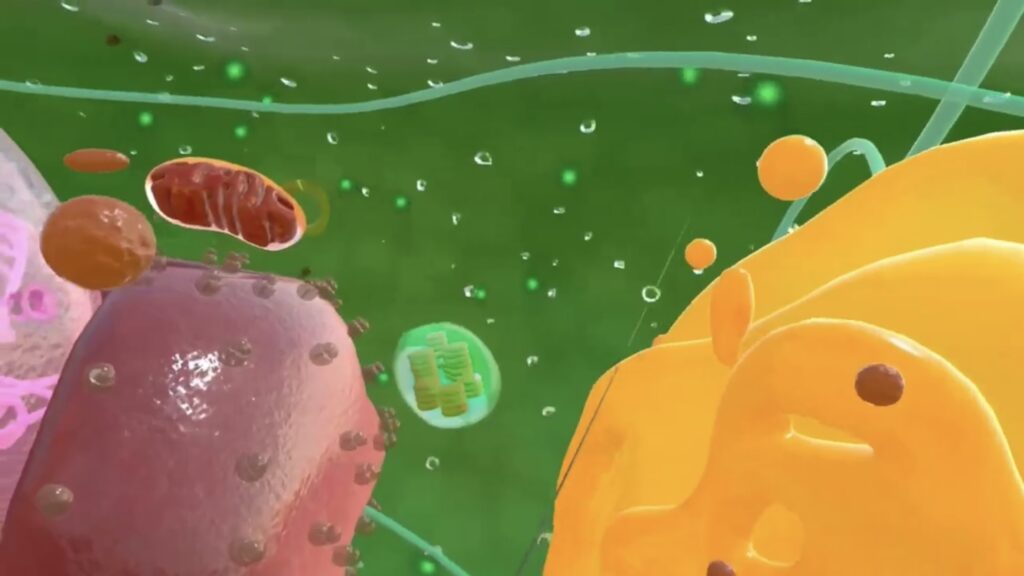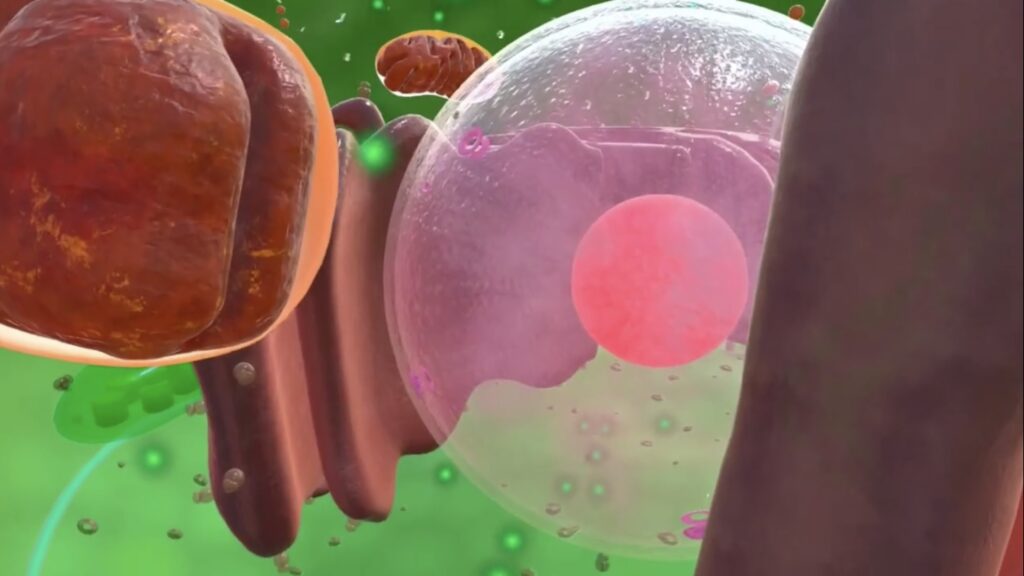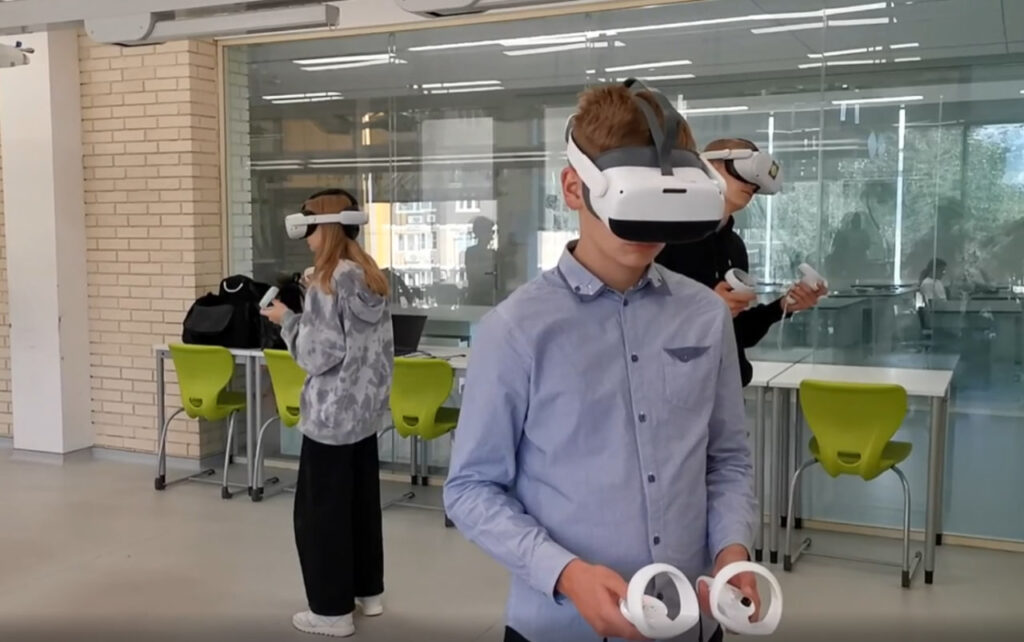

Plant cells capture our curiosity with their complexity and importance in sustaining life on Earth. Yet, textbooks and simple diagrams can make this topic feel distant or flat, leaving many students bored or confused. To bridge that gap, educators are turning to immersive simulations that bring cells to life in a 3D environment. Imagine stepping inside the microscopic realm of the plant cell—an experience once limited to imagination alone.
Biology textbooks offer illustrations of cells, but these pictures often fail to capture the intricate layers and organelles. Even microscopes, while revealing more detail, only provide two-dimensional views. Students might end up memorizing circles, ovals, and lines without truly understanding the cell’s structure and dynamics.
A static image of a plant cell can’t compare to a firsthand experience of navigating through its organelles. Many learners need active engagement—touching, rotating, and exploring complex systems in real time. That’s where modern technology comes in, transforming the classroom from a passive learning space into an immersive, interactive hub.
Our plant cell vr tour offers an up-close perspective of structures like the membrane, nucleus, chloroplasts, mitochondria, and vacuoles. By stepping into a vr cell structure, students can watch how different organelles interact and visualize the importance of each component in sustaining plant life.
Rather than offering a simple walkthrough, this simulation challenges learners to identify organelle malfunctions. They might have to “fix” a failing chloroplast or restore a damaged cell membrane. Such missions keep students motivated, transforming what could be a dull lesson into an engaging quest.
Our plant cell simulation supports a variety of international curricula, ensuring consistent educational value. It aligns with:
With these frameworks in mind, the simulation caters to students worldwide—be they in an IB program, a high school STEM lab, or a college prep setting.

Many students struggle to see the point in memorizing what seems like random cell parts. When you go inside the cell, you witness how each organelle contributes to a bigger picture. This approach encourages learners to connect theory with real-world biology. Misconceptions fade, replaced by genuine understanding.
As students manipulate each structure, they realize why these organelles matter—no more memorizing lists without context.
One might think only younger children need interactive methods. However, older students—especially those in advanced courses—benefit, too. They crave deeper explorations that standard diagrams can’t offer. In an advanced biology class, this plant cell simulation can become an invaluable resource for discussions on cell biology, genetics, or even modern biotechnology.

At XReady Lab, the plant cell simulation holds special significance. It was our very first project, developed over a year with no prior experience. This journey taught us what educators truly need:
Despite initial trials and errors, this “first pancake” turned into one of our most beloved simulations.

Integrating advanced simulations into a digital classroom offers many perks:
For schools looking to upgrade their technology in education, these immersive tools exemplify how advanced solutions can deepen learning, improve motivation, and spark long-term interest in science.
Want to give students a fresh perspective on plant biology? Our plant cell simulation can bring them closer to the microscopic world than ever before. This engaging, interactive platform takes your lessons beyond the textbook into a realm where learning meets adventure.
Check out our simulation: Plant Cell Structure
And if you’re eager to introduce it to your classroom, request our free demo for a firsthand look at how an immersive approach can revolutionize biology education.
The plant cell is a foundational concept in biology, yet it often remains abstract for learners who only see flat diagrams. By using immersive simulation, educators can deliver a more vivid, interactive experience. Students not only see the cell’s complexity—they engage with it, overcoming misconceptions and building stronger biological insight.
Join us in redefining what’s possible in the classroom. Explore plant cell structures in a way that merges imagination with scientific accuracy, turning an ordinary lesson into an unforgettable journey.
Frequently Asked
We prodive VR biology, VR physics, and VR chemistry simulations. Please, check our catalog.
Please, fill the form to get demo labs for free.
Please contact our customer support service at support@xreadylab.com or book a call with the team to find out the conditions and book the VR class set up at your school.
Subscription to XReady Lab interactive VR labs. If you are a school, then you are also given access to the VR classroom system. VR class system helps you easily launch VR lessons for a large number of students, follow the experience of each student, as well as customise the content without developers.
We adhere to the world’s generally accepted recommendations and research. Our products are suitable for children from 12 years old.